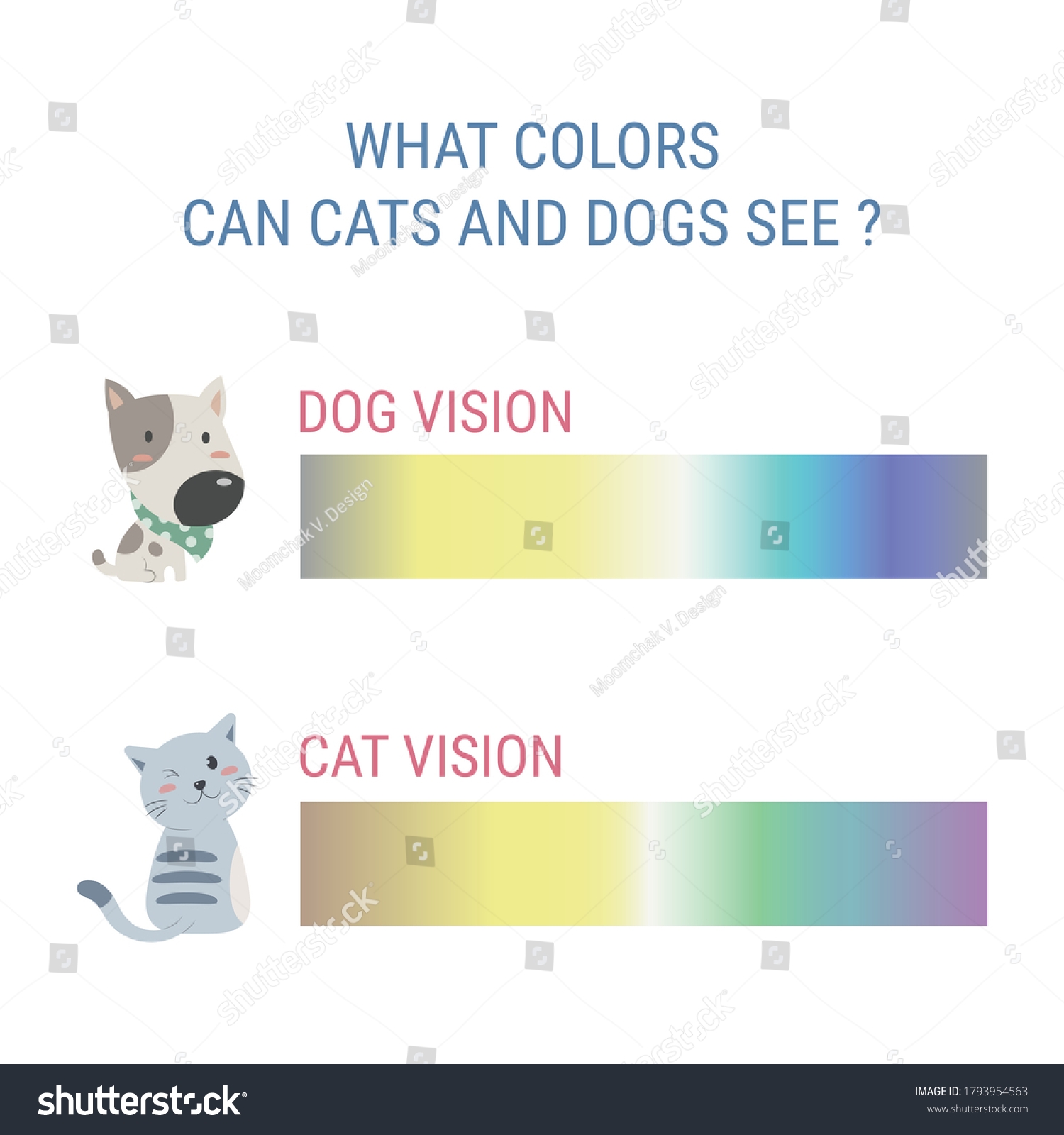Many people believe that cats see the world in black and white, but this is actually a misconception. While cats do not see colors as vividly as humans do, they are not completely colorblind either. Understanding how cats perceive colors can help us better understand their behavior and needs.
Unlike humans who have three types of color receptors (cones) in their eyes, cats only have two. This means that they are not able to see the full spectrum of colors that we can. Cats are believed to see a range of colors in shades of blue and green, but they have difficulty distinguishing between reds, oranges, and yellows.
Cats Color Vision
Despite their limited color vision, cats have excellent night vision and can see in low light conditions much better than humans. This is due to their large pupils and a high number of rod cells in their retinas, which are sensitive to low light levels. Cats also have a reflective layer behind their retinas called the tapetum lucidum, which enhances their ability to see in the dark.
While cats may not be able to see a rainbow like we can, they can still see and distinguish various shades and patterns. Cats rely more on their keen sense of smell and hearing rather than their vision when hunting or navigating their surroundings. This is why cats can still be successful predators even with their limited color vision.
It is important to keep in mind that cats do not perceive colors in the same way that humans do. When choosing toys or accessories for your cat, it is best to focus on textures, shapes, and scents rather than colors. Cats are more likely to be attracted to toys that are visually stimulating through movement rather than color.
Overall, while cats may not see the world in technicolor like humans do, they still have a unique and fascinating way of perceiving their surroundings. By understanding their color vision limitations, we can better cater to their needs and provide them with a stimulating environment that enriches their lives.
In conclusion, cats may not see the world in full color, but they have their own unique way of perceiving the world around them. Their keen senses of smell and hearing, combined with their impressive night vision, make them well-adapted predators in their natural environment. By knowing more about cats’ color vision, we can ensure that we provide them with the best care and enrichment possible.
